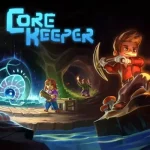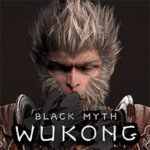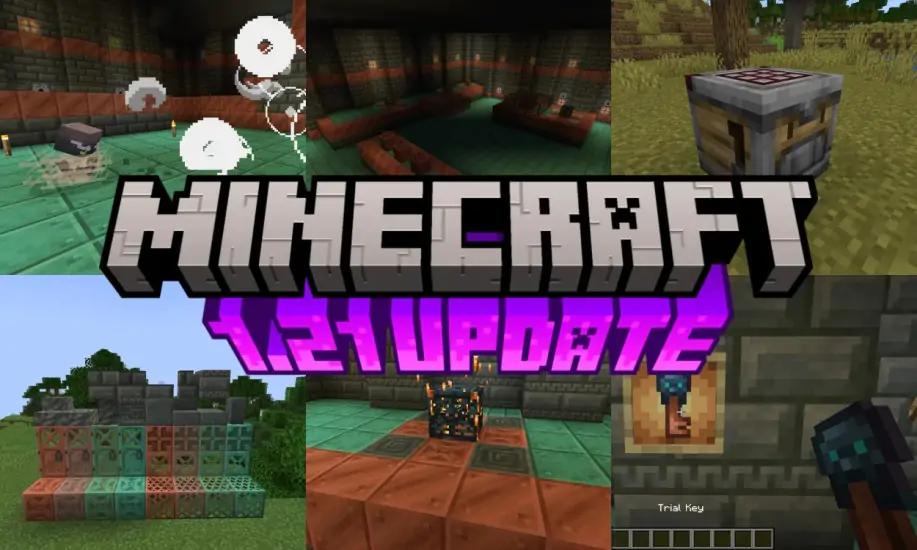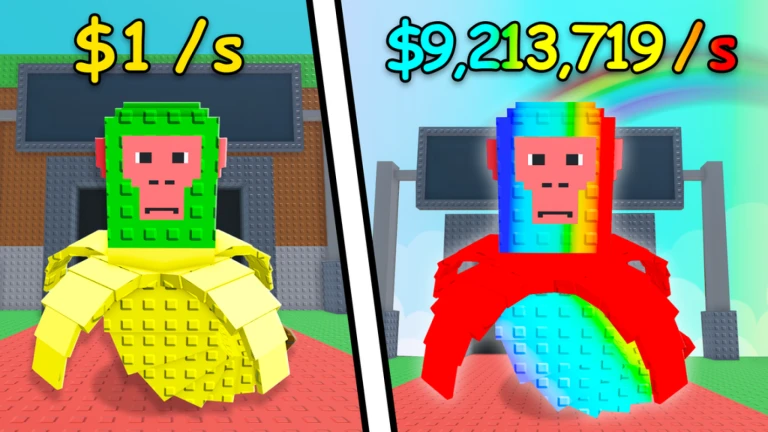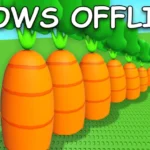Popular Now
Introduction
Gacha Club has earned its place as one of the most creative, community-driven games in the mobile space. With a vast array of character customization options, players can express their imagination through storytelling, animation, and art. However, as the game matures and the community's skills evolve, so too do their expectations. While beginners often find the available options more than sufficient, advanced creators—those aiming to produce cinematic animations, webcomics, or detailed OC lore—are increasingly constrained by Gacha Club’s current customization limitations. This article explores how these creative restrictions shape user experience, where the limits lie, and what changes could elevate the platform for serious content creators.
1. The Creative Foundation of Gacha Club
Gacha Club offers over 180 units, hundreds of clothing items, dozens of hairstyles, and a palette of colors and effects to modify each character. At first glance, the customization appears limitless.
However, this abundance is surface-level. While the game is perfect for casual creators or younger audiences, its framework was not designed to support layered storytelling, character arcs, or visual complexity comparable to professional animation software or art tools.
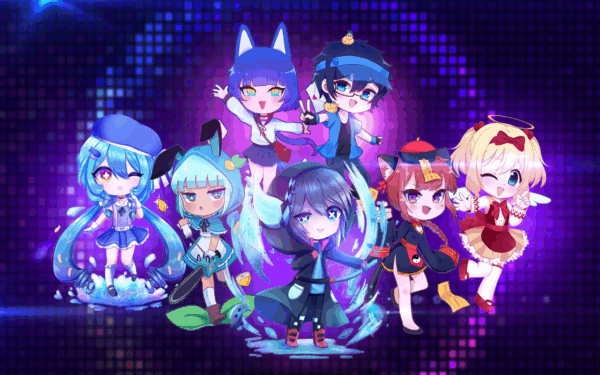
H3: The Allure for Creative Audiences
Gacha Club attracts aspiring artists and animators due to its ease of use, aesthetic appeal, and integrated battle/story modes. It’s a “sandbox” for storytellers—but a sandbox with invisible walls.
2. Hair, Eyes, and the Limit of Expression
One of the first frustrations advanced users face lies in hair and eye design. Gacha Club’s system allows for base styles with front, back, and ponytail sections, and a few color gradient options.
H3: Style Diversity vs. Individuality
The problem? Many of the 100+ hair styles are either exaggerated or cartoonish. Realistic or nuanced hairstyles are few and far between. Similarly, eyes come in dozens of styles, but they often share similar shapes and lack subtlety in conveying emotion or depth.
H4: Missed Opportunities
Advanced users want options like:
-
Customizable eye shine placement
-
Layered hair strands
-
Subtle eyelid positioning or emotional presets
These would greatly enhance character personality but are currently missing.
3. Facial Features: The Missing Micro-Details
Gacha Club includes accessories for scars, blush, tattoos, or masks, but it lacks detailed facial expressions. Nose options are minimal and offer no customization. Mouths are static unless swapped out between frames manually.
H3: Expression Through Emotion
For storytellers, facial expression is crucial. Characters need to cry, laugh, smirk, or grit their teeth. Gacha Club allows some of this through asset swapping, but it’s clunky and inconsistent.
H4: Creative Workarounds
Creators resort to:
-
Layering facial items using tricks
-
Manually editing screenshots
-
Using third-party apps to “fix” expressions
While resourceful, these workarounds reveal a fundamental gap in the core design.
4. The Limit of 10 Character Slots Per Scene
When creating scenes or animations in Studio Mode, players can only add 10 characters. While that may sound generous, it's restrictive for creators making crowd scenes, complex battles, or classroom settings.
H3: The Scene Scale Problem
Many creators want to depict large events: school assemblies, weddings, or fantasy wars. A 10-character cap limits dynamic storytelling and forces them to "cheat" by swapping characters mid-shot or layering screenshots.
H4: Story Sacrifices
This leads to:
-
Truncated storylines
-
Stiff or repetitive backgrounds
-
Static, minimal scenes
The limitation hinders the depth and variety of storytelling potential.
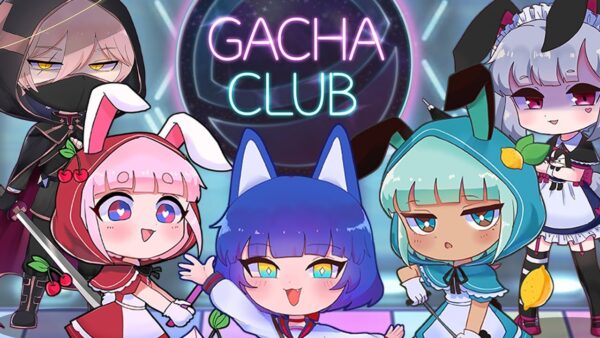
5. Background and Scene Restrictions
Gacha Club offers many backgrounds, from cityscapes to mystical forests. However, creators can’t customize them, layer additional effects, or adjust lighting.
H3: Static Visual Storytelling
Backgrounds are fixed and non-interactive. There's no way to:
-
Animate background elements
-
Add fog, fire, or weather effects
-
Transition between scenes smoothly
This static environment can stifle creativity for those wanting a more cinematic or immersive experience.
6. Animation and Movement Constraints
Animation in Gacha Club is limited to simple character poses, minor effects, and manual frame swapping. There’s no timeline, tweening, or real animation layer.
H3: Manual Labor for Motion
Animating a walking sequence or a fight scene requires the creator to:
-
Manually adjust poses across frames
-
Export scenes as images
-
Use outside apps for motion stitching
H4: Lack of Tools for Animators
Without:
-
Bone rigging
-
Keyframe control
-
Motion blur or easing
...advanced animation becomes nearly impossible within the app.
7. Clothing and Accessory Layering Problems
While the game has many outfits and items, they often conflict or overlap in awkward ways. There’s little control over layering orders, and many items weren’t designed to be combined.
H3: The “Paper Doll” Limitation
Gacha Club’s system follows a flat-layer model. If a user adds a jacket and scarf, one might hide the other. The lack of Z-axis control or layer rearrangement makes customization feel frustrating.
H4: Creative Blockages
Advanced creators often need to:
-
Recreate the look in Photoshop
-
Draw over exported characters
-
Settle for less expressive outfits
This defeats the purpose of in-app creation.
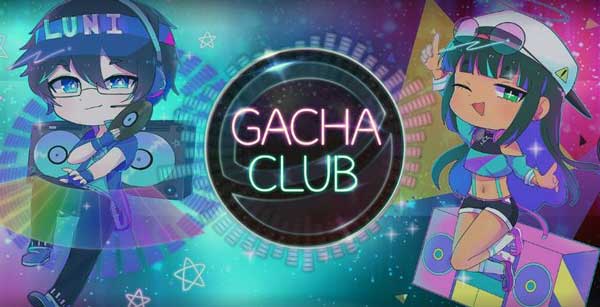
8. Color Palette Constraints and Shading
Gacha Club includes a decent color selection, but creators can’t add textures, advanced shading, or multiple tones to a single item.
H3: Flat Designs and Lost Depth
Without:
-
Gradients per zone
-
Highlights and shadows
-
Material texture simulation
...characters often look overly flat, especially when placed in complex or dramatic lighting situations.
H4: Why It Matters
Advanced creators want to mimic cinematic scenes—twilight battles, glowing caves, moonlit conversations—but the visual engine doesn't support this depth.
9. Story Mode Scripting Limitations
Gacha Club's built-in story mode is rudimentary. It allows text boxes and basic transitions, but there’s no scripting language or logic flow to support conditional branching or dynamic dialogue.
H3: Visual Novel Limitations
Creators can't:
-
Set character choice outcomes
-
Store variable states
-
Integrate music transitions smoothly
H4: Missed Potential
With just a light scripting system, Gacha Club could rival visual novel tools like Ren'Py or Choices. But its limited functions make large-scale stories cumbersome.
10. Lack of Export and Integration Support
When a project is done, creators must rely on screenshots or external apps to turn it into a video or animation. There is no in-app export tool for MP4, GIF, or direct animation rendering.
H3: No Native Publishing Pipeline
Users must:
-
Screenshot every scene
-
Stitch frames in CapCut, KineMaster, etc.
-
Manually adjust frame timing
This is time-consuming and deters many advanced users from using Gacha Club for long-term projects.
Conclusion
Gacha Club remains a fantastic tool for young and casual users, but for serious content creators, its limitations are increasingly clear. From lack of animation tools and scripting capabilities to the inability to fine-tune facial expressions or background dynamics, the game falls short of its full creative potential. While the community finds workarounds, these often require additional tools, external editing, or significant time investment. If Gacha Club 2 or a future update ever aims to support its most ambitious creators, these issues must be addressed. Only then can Gacha Club evolve from a “cute sandbox” into a truly powerful visual storytelling platform.

